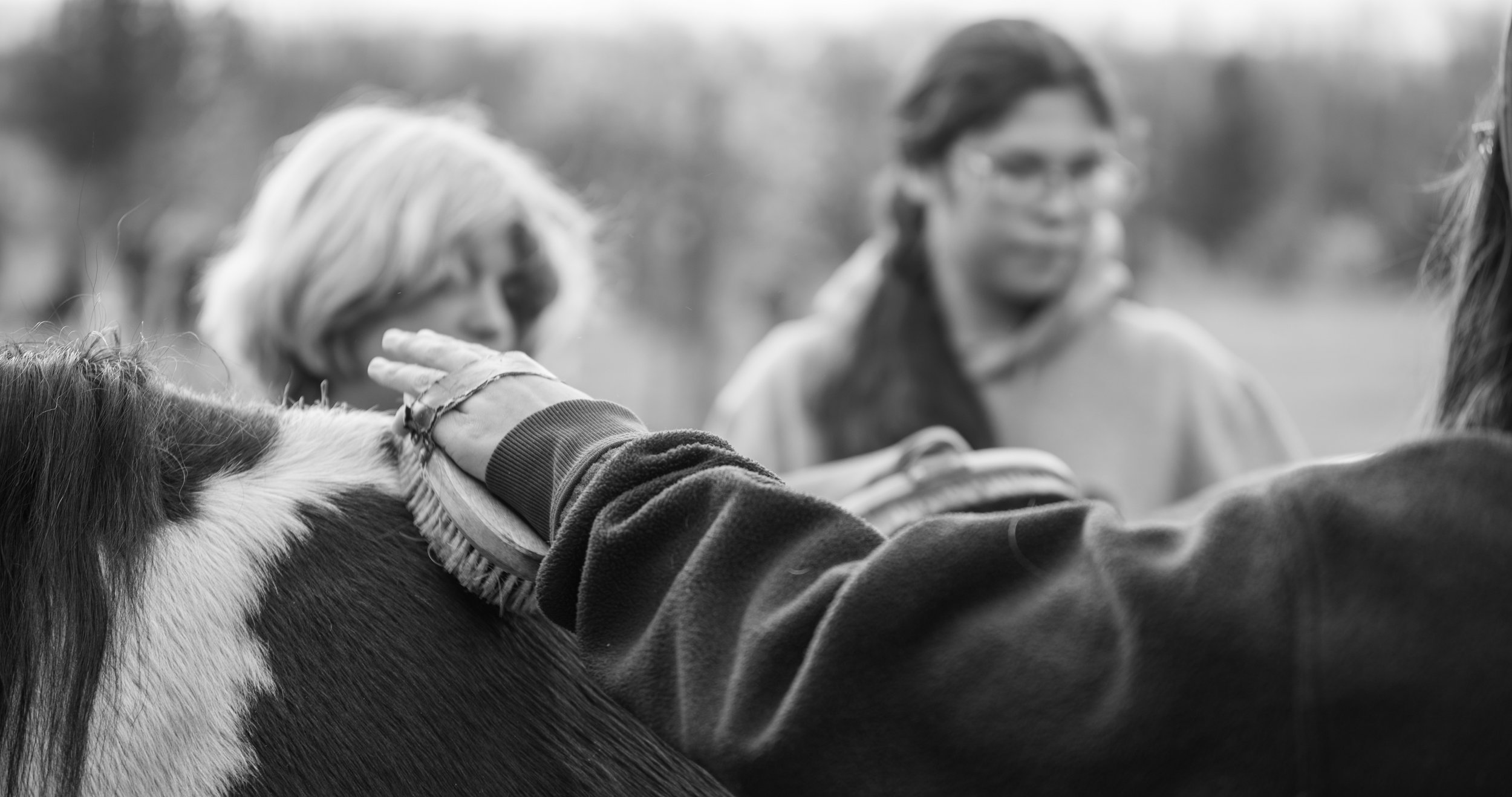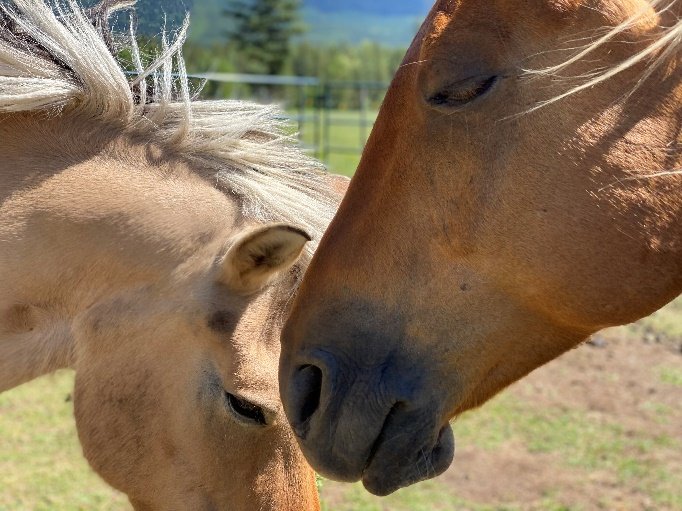
Understanding Equine-Assisted Learning
What is EAL?
Equine-Assisted Learning (EAL) is a hands-on learning program that teaches essential life skills such as problem solving, teamwork, leadership and communication, through fun group activities with horses.
EAL programs are led by certified facilitators, working with horses that have been specially selected to be the best and safest teachers.
Horses are exceptional teachers, they can detect and respond to humans’ subtle nonverbal messages and reflect our emotional state back to us in a comparable way, acting as mirrors. Trained facilitators are then able to interpret the horse's nonverbal communication and provide participants with opportunities to develop positive behaviors leading to life altering changes.
Although connecting with horses has proven therapeutic benefits, Hoof in Hand does not provide therapy or counseling. Our program is a partnership between horses and people, working together through specially designed “obstacles”.
This embodied approach to learning greatly multiplies the participants retention and understanding of skills learned.
Keep in mind that our programs can be adapted to the specific ages, needs and learning objectives of your group.
EAL is an effective and positive educational method!

Horses as Teachers
Why HORSES?
While EAL has the ability to take an individual through a powerful journey of learning and understanding, the most asked question is "WHY HORSES?". Here are some of the reasons horses are well suited for this profession:
Horses are continuously paying attention to the present. It is their innate way of being. They are completely tuned into what their senses detect in each moment. In other words, they are instinctively mindful as their survival depends on it.
Hence, being sophisticated prey animals, horses have the ability to perceive human emotions just as they pick up on other stimuli in their environment. It is evolutionary advantageous for them to detect what humans nearby are feeling, emotionally and physically, from one moment to the next.
For instance, when we are upset or distracted around them, they may respond by becoming uneasy or confused. On the other hand, our calm energy sends the message that everything is safe. Being a prey animal for whom safety is priority, they may reflect calm energy in turn.
Horses don’t lie or judge, they approach every interaction with honesty.
In a horse’s world, the boundaries are clear and easy to understand. They look for strong leadership and are willing to follow after they find respect and trust. If we provide contradictory behavior, they start to question and challenge our authority to lead. In other word, horses don’t overthink participants motives but they do challenge their behaviors and leadership.



